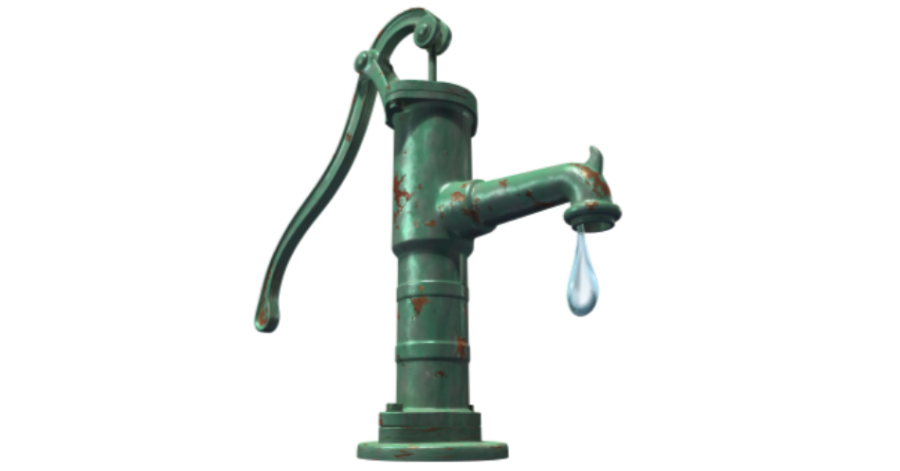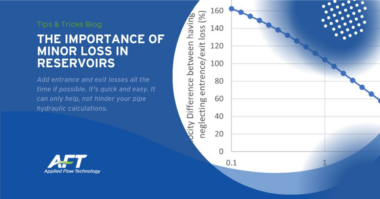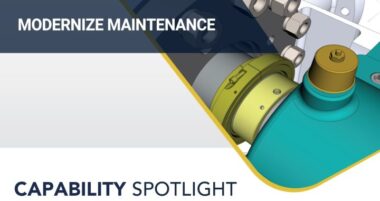Theory bites are a collection of basic hydraulic theory and will touch upon pump design and other areas of pump industry knowledge.
Priming is a procedure that involves filling the pump with liquid before it operates. It is done so that the centrifugal pump operates without any problem. So, before the centrifugal pump starts functioning, you need to fill it with liquid and this process is known as priming.
The non-priming pumps remain empty if they don’t have any liquid. When they are turned ON, the impeller will spin without moving any liquid.
The term “self-priming pump” describes a centrifugal pump that can use an air-water mixture to reach a fully-primed pumping condition.
A self-priming centrifugal pump overcomes the problem of air binding by mixing air with water to create a fluid with pumping properties much like those of regular water.
The pump then gets rid of the air and moves water only, just like a standard centrifugal pump.
Read more Theory Bites!





Comments